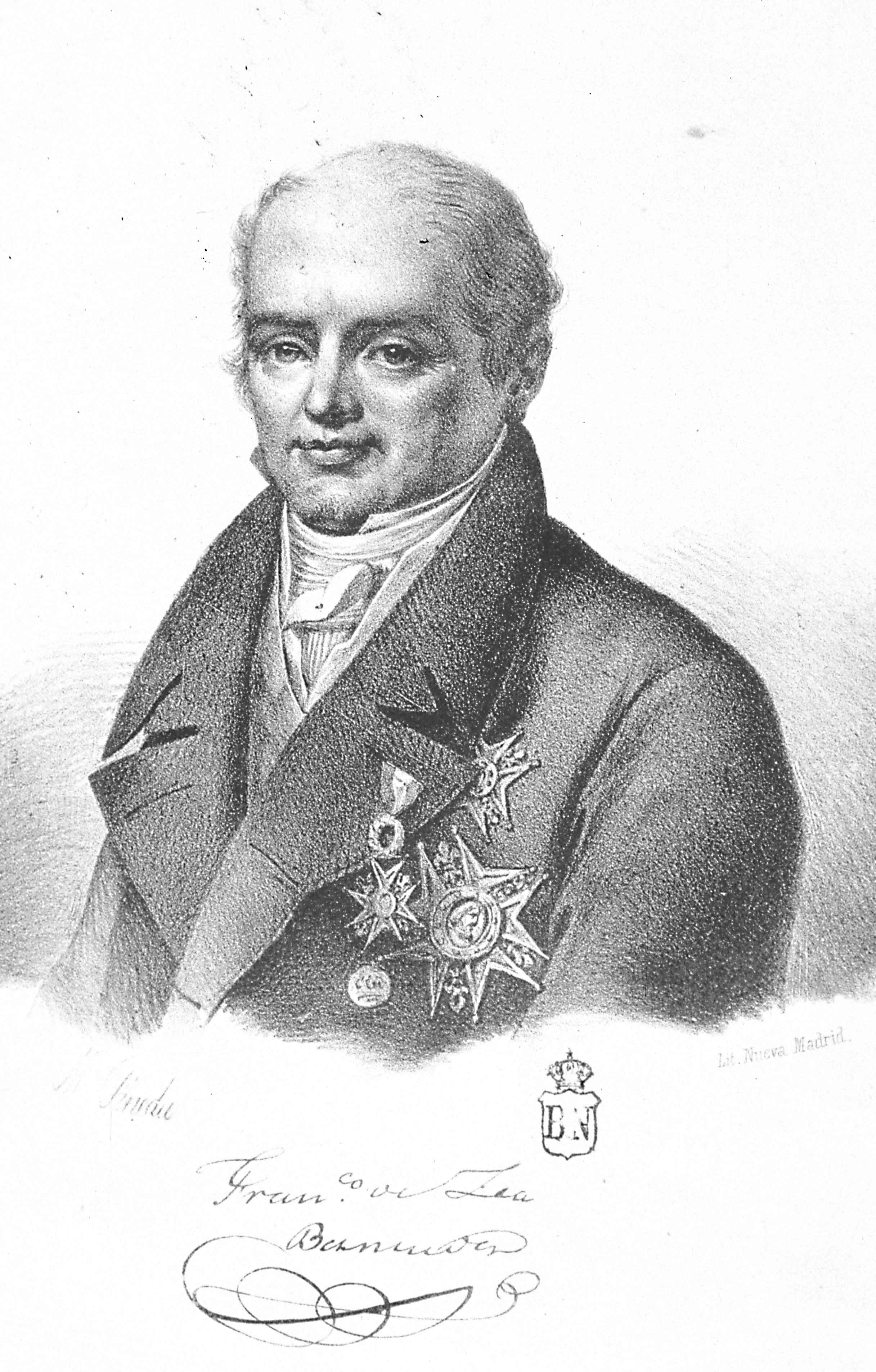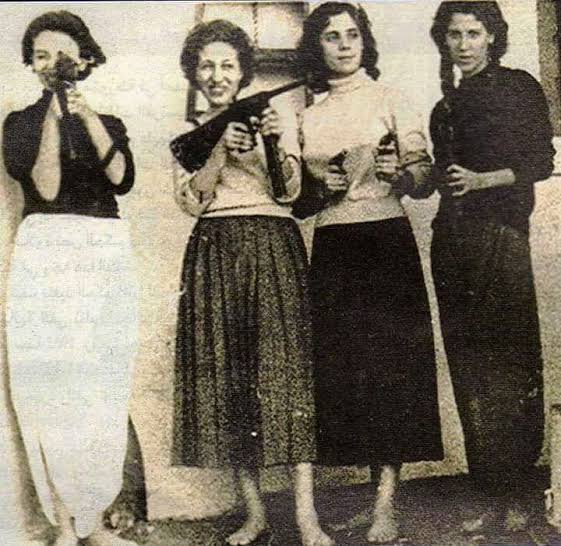|
Battle Of Alsasua
The Battle of Alsasua, also known as the Battle of Altsasu or ''la Acción de la Venta de Alsasua'' (in Spanish "action of the inn at Alsasua"), occurred on April 22, 1834 in Navarre, Spain, during the First Carlist War. Carlist general Tomás de Zumalacárregui attacked a convoy led by the Liberal general Vicente Genaro de Quesada traveling from Vitoria-Gasteiz to Pamplona at the town of Alsasua.Ayuntamiento de Altsasu / Alsasua / Curiosidades The Liberals suffered many casualties and Zumalacárregui took many prisoners, as well as half a million reals. The decision of both generals to execute most of their prisoners after a failed exchange neg ... [...More Info...] [...Related Items...] OR: [Wikipedia] [Google] [Baidu] |
First Carlist War
The First Carlist War was a civil war in Spain from 1833 to 1840, the first of three Carlist Wars. It was fought between two factions over the succession to the throne and the nature of the Monarchy of Spain, Spanish monarchy: the conservative and devolutionist supporters of the late king's brother, Infante Carlos, Count of Molina, Carlos de Borbón (or ''Carlos V''), became known as Carlism, Carlists (''carlistas''), while the progressive and centralist supporters of the regent, Maria Christina of the Two Sicilies, Maria Christina, Minority of Isabella II of Spain#The regency of Maria Christina, acting for Isabella II of Spain, were called Liberals (''liberales''), ''cristinos'' or ''isabelinos''. It is considered by some authors the largest and most deadly civil war of the period. The Carlist forces were split in three geographically distinct armies: ('North'), and ('Catalonia'), which by and large operated independently from each other. Aside from being a war of succession ... [...More Info...] [...Related Items...] OR: [Wikipedia] [Google] [Baidu] |
Guerrilla Warfare
Guerrilla warfare is a form of irregular warfare in which small groups of combatants, such as paramilitary personnel, armed civilians, or Irregular military, irregulars, use military tactics including ambushes, sabotage, Raid (military), raids, petty warfare, hit-and-run tactics, and Mobility (military), mobility, to fight a larger and less-mobile traditional military. Although the term "guerrilla warfare" was coined in the context of the Peninsular War in the 19th century, the tactical methods of guerrilla warfare have long been in use. In the 6th century BC, Sun Tzu proposed the use of guerrilla-style tactics in ''The Art of War''. The 3rd century BC Roman general Quintus Fabius Maximus Verrucosus is also credited with inventing many of the tactics of guerrilla warfare through what is today called the Fabian strategy. Guerrilla warfare has been used by various factions throughout history and is particularly associated with revolutionary movements and popular resistance agains ... [...More Info...] [...Related Items...] OR: [Wikipedia] [Google] [Baidu] |
Charles Frederick Henningsen
Charles Frederick Henningsen (1815 – 14 June 1877) was a Belgian-American writer, mercenary, filibuster, and munitions expert. He participated in revolutions and civil wars in Spain, Circassia, Hungary, Nicaragua, and the United States. Early life Henningsen was born in Brussels. His father was John Henningsen (1775–1859), a native of Copenhagen, Denmark, and his mother was Louisa Burke (1789–1842), an Irish heiress. However, being adventurous in his youth, he revered Lord Byron in both literature and adventure, and so idealized British nobility in his actions. The family lived in Brussels from at least the time of his birth until the onset of the Belgian Revolution, fleeing due to their pro-Dutch sympathies. The family fled first to Paris, then to London. One of his sisters was Josephine Amelie de Henningsen (1822–1904), a member of the Missionary Sisters of the Assumption, who established the order in South Africa in 1849. Spain He fought in the First Carlist War ... [...More Info...] [...Related Items...] OR: [Wikipedia] [Google] [Baidu] |
Cuenca De Pamplona
The Cuenca de Pamplona ( eu, Iruñerria) is a comarca in Navarre, Spain. The Spanish word ''cuenca'' means 'basin', referring to a 'territory surrounded of mountains or hills'. ( DRAE) The of grows in detriment of the ceralistic countryside. Municipalities [...More Info...] [...Related Items...] OR: [Wikipedia] [Google] [Baidu] |
Álava
Álava ( in Spanish) or Araba (), officially Araba/Álava, is a province of Spain and a historical territory of the Basque Country, heir of the ancient Lordship of Álava, former medieval Catholic bishopric and now Latin titular see. Its capital city, Vitoria-Gasteiz, is also the seat of the political main institutions of the Basque Autonomous Community. It borders the Basque provinces of Biscay and Gipuzkoa to the north, the community of La Rioja to the south, the province of Burgos (in the community of Castile and León) to the west and the community of Navarre to the east. The Enclave of Treviño, surrounded by Alavese territory, is however part of the province of Burgos, thus belonging to the autonomous community of Castile and León, not Álava. It is the largest of the three provinces in the Basque Autonomous Community in geographical terms, with 2,963 km2, but also the least populated with 331,700 inhabitants (2019). Etymology Built around the Roman mansion Alba ... [...More Info...] [...Related Items...] OR: [Wikipedia] [Google] [Baidu] |
Guerrilla Warfare
Guerrilla warfare is a form of irregular warfare in which small groups of combatants, such as paramilitary personnel, armed civilians, or Irregular military, irregulars, use military tactics including ambushes, sabotage, Raid (military), raids, petty warfare, hit-and-run tactics, and Mobility (military), mobility, to fight a larger and less-mobile traditional military. Although the term "guerrilla warfare" was coined in the context of the Peninsular War in the 19th century, the tactical methods of guerrilla warfare have long been in use. In the 6th century BC, Sun Tzu proposed the use of guerrilla-style tactics in ''The Art of War''. The 3rd century BC Roman general Quintus Fabius Maximus Verrucosus is also credited with inventing many of the tactics of guerrilla warfare through what is today called the Fabian strategy. Guerrilla warfare has been used by various factions throughout history and is particularly associated with revolutionary movements and popular resistance agains ... [...More Info...] [...Related Items...] OR: [Wikipedia] [Google] [Baidu] |
Secularity
Secularity, also the secular or secularness (from Latin ''saeculum'', "worldly" or "of a generation"), is the state of being unrelated or neutral in regards to religion. Anything that does not have an explicit reference to religion, either negatively or positively, may be considered secular. Linguistically, a process by which anything becomes secular is named ''secularization'', though the term is mainly reserved for the secularization of society; and any concept or ideology promoting the secular may be termed ''secularism'', a term generally applied to the ideology dictating no religious influence on the public sphere. Definitions Historically, the word ''secular'' was not related or linked to religion, but was a freestanding term in Latin which would relate to any mundane endeavour. However, the term, saecula saeculorumsaeculōrumbeing the genitive plural of saeculum) as found in the New Testament in the Vulgate translation (circa 410) of the original Koine Greek phrase ('' ... [...More Info...] [...Related Items...] OR: [Wikipedia] [Google] [Baidu] |
Maestrazgo
The Maestrazgo () or Maestrat () is a natural and historical mountainous region, located at the eastern end of the Sistema Ibérico mountain range, in Spain. It encompasses the north of the Autonomous Community of Valencia, in Castellón province, and parts of the east of the Aragonese province of Teruel. The area is mountainous and sparsely populated with a rich mixture of flora and fauna. The district was under control of military orders following the 12th-century Christian reconquest of the area from the Moors. It also had a significant role in the 19th century Carlist Wars and the 20th century Spanish Civil War. After many years of decline the area is undergoing some re-vitalization, helped by funding from the European Union and tourism. History The earliest signs of human habitation date back to the Pleistocene era, 25,000 years ago. Cave paintings have been discovered in many locations and they have been designated by UNESCO as part of the Rock Art of the Mediterranean B ... [...More Info...] [...Related Items...] OR: [Wikipedia] [Google] [Baidu] |
Basque Country (greater Region)
The Basque Country ( eu, Euskal Herria; es, País Vasco; french: Pays basque) is the name given to the home of the Basque people. Trask, R.L. ''The History of Basque'' Routledge: 1997 The Basque country is located in the western Pyrenees, straddling the border between France and Spain on the coast of the Bay of Biscay. ''Euskal Herria'' is the oldest documented Basque name for the area they inhabit, dating from the 16th century. It comprises the Autonomous Communities of the Basque Country and Navarre in Spain and the Northern Basque Country in France. The region is home to the Basque people ( eu, Euskaldunak), their language ( eu, Euskara), culture and traditions. The area is neither linguistically nor culturally homogeneous, and certain areas have a majority of people who do not consider themselves Basque, such as the south of Navarre. The concept is still highly controversial, and the Supreme Court of Navarre has ruled against scholarly books that include the Navarre c ... [...More Info...] [...Related Items...] OR: [Wikipedia] [Google] [Baidu] |
Traditionalism (Spain)
Traditionalism ( es, tradicionalismo) is a Spanish political doctrine formulated in the early 19th century. It understands politics as implementing the social kingship of Jesus Christ, with Catholicism as the state religion and Catholic religious criteria regulating public morality and every legal aspect of Spain. In practical terms it advocates a loosely organized monarchy combined with strong royal powers, with some checks and balances provided by organicist representation, and with society structured on a corporative basis. Traditionalism is an ultra-reactionary doctrine; it rejects concepts such as democracy, human rights, constitution, universal suffrage, sovereignty of the people, division of powers, religious liberty, freedom of speech, freedom of commerce, equality of individuals, parliamentarism and so on. The doctrine was adopted as the theoretical platform of the Carlist socio-political movement, though it appeared also in a non-Carlist incarnation. Traditionalism has n ... [...More Info...] [...Related Items...] OR: [Wikipedia] [Google] [Baidu] |
Reactionary
In political science, a reactionary or a reactionist is a person who holds political views that favor a return to the ''status quo ante'', the previous political state of society, which that person believes possessed positive characteristics absent from contemporary society. As a descriptor term, ''reactionary'' derives from the ideological context of the left–right political spectrum. As an adjective, the word ''reactionary'' describes points of view and policies meant to restore a past ''status quo ante''.''The New Fontana Dictionary of Modern Thought'' Third Edition, (1999) p. 729. In ideology, reactionism is a tradition in right-wing politics; the reactionary stance opposes policies for the social transformation of society, whereas conservatives seek to preserve the socio-economic structure and order that exists in the present. In popular usage, ''reactionary'' refers to a strong traditionalist conservative political perspective of a person opposed to social, political, and ... [...More Info...] [...Related Items...] OR: [Wikipedia] [Google] [Baidu] |
Insurrection
Rebellion, uprising, or insurrection is a refusal of obedience or order. It refers to the open resistance against the orders of an established authority. A rebellion originates from a sentiment of indignation and disapproval of a situation and then manifests itself by the refusal to submit or to obey the authority responsible for this situation. Rebellion can be individual or collective, peaceful (civil disobedience, civil resistance, and nonviolent resistance) or violent (terrorism, sabotage and guerrilla warfare). In political terms, rebellion and revolt are often distinguished by their different aims. While rebellion generally seeks to evade and/or gain concessions from an oppressive power, a revolt seeks to overthrow and destroy that power, as well as its accompanying laws. The goal of rebellion is resistance while a revolt seeks a revolution. As power shifts relative to the external adversary, or power shifts within a mixed coalition, or positions harden or soften on eithe ... [...More Info...] [...Related Items...] OR: [Wikipedia] [Google] [Baidu] |









